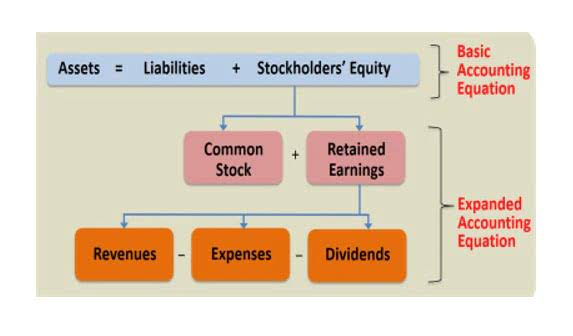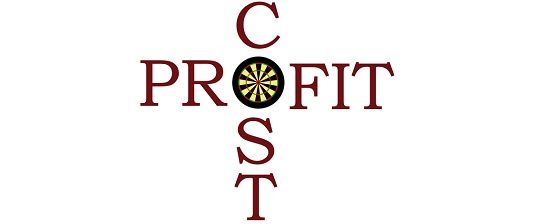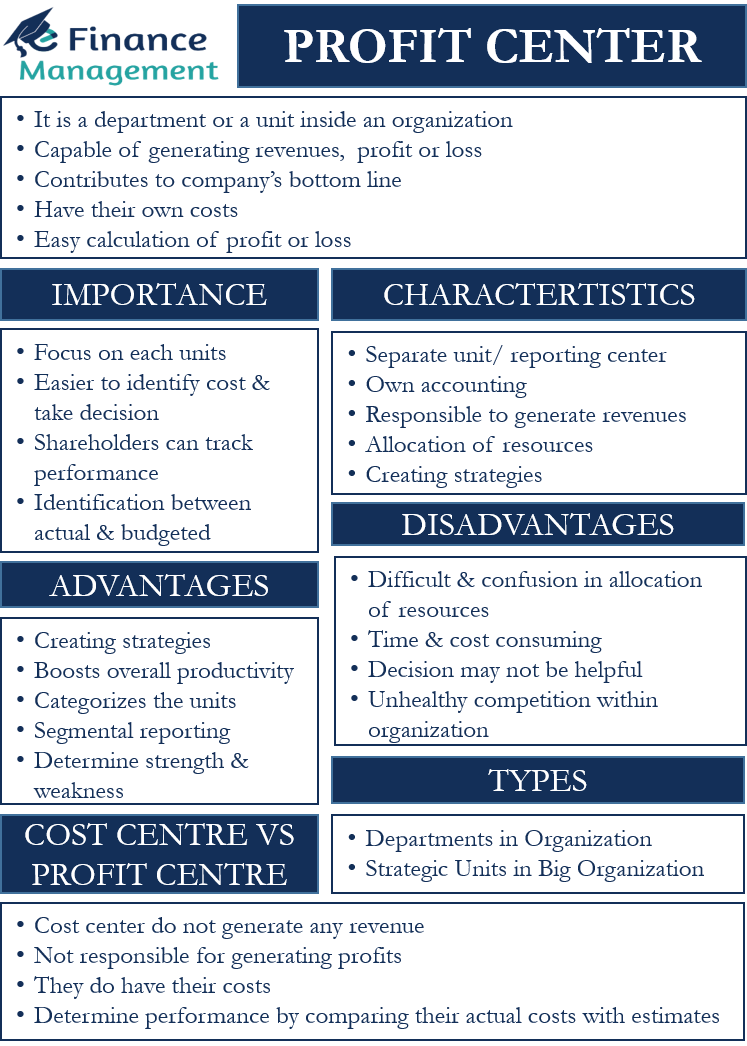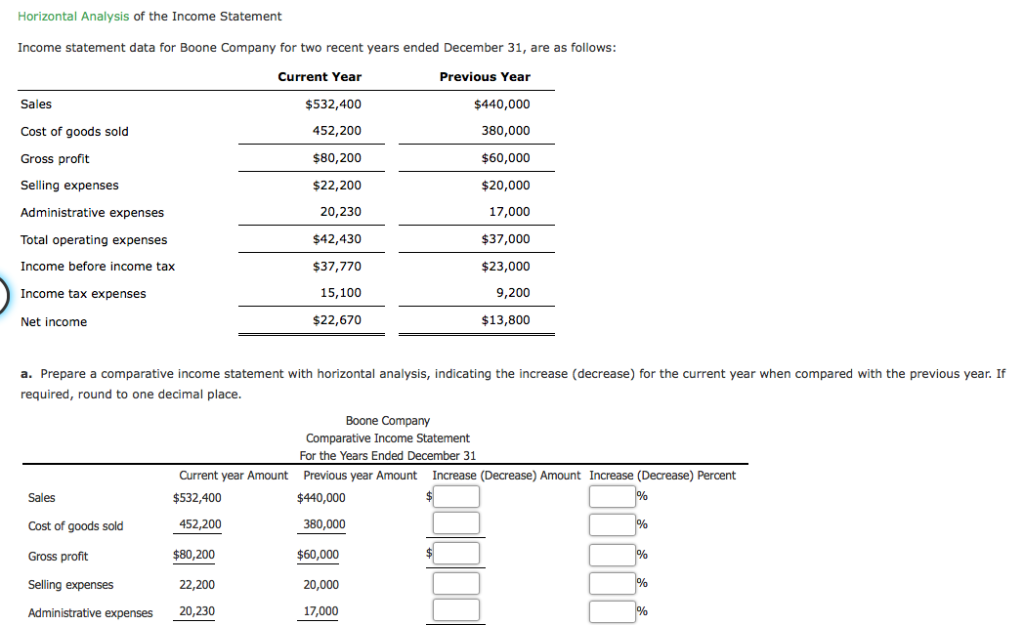
A weighted average is an average that accounts for the relative importance of the different factors that you include in the average. But by using a weighted average, they can calculate the share price paid for each share purchased, not just the absolute price of the portfolio. Using each feature’s relative importance as the weight value, let’s now calculate each phone model’s weighted average score. Calculating weighted averages isn’t just important in many math and finance-related fields, but can help you in your daily life.
Accounting for correlations
In essence, doing well in these strenuous programs not only amplifies your weighted GPA but also signals dedication implying you’re truly prepared for higher education. For many students, the concept of a “weighted” grade point average (GPA) can seem like an enigma. Breaking it down into simpler terms, your weighted GPA is essentially your average grade in all subjects with consideration given to the difficulty level of each course. Next, use the SUM function to find the sum of all the weights.Finally, divide the SUMPRODUCT of the numbers by the SUM of the weights to find the weighted average. A weighted average does not because it is heavily based on the assigned weights. Outliers tend to have a smaller impact on weighted averages than in typical averages.
The Weighted Average Formula
To find the weighted average, multiply each number by its respective weights and then add the results. When the numbers in a data collection are given the same weight, a simple average can be less accurate than a weighted average. To figure out how to calculate a weighted average, we need to know the weight of each value. Typically, we present the weights in the form of a percentage or (in statistics) a probability of occurrence. The weighted average formula is used to calculate the mean weighted value of the data with n terms. It is described as (Sum of weighted terms/Total number of terms).
Calculating Weighted Average When the Weights Add up to 1
From sports teams to school plays, from debate clubs to volunteering efforts; these activities provide a different yet equally important avenue for growth. The correlation between rigorous coursework and high school grading scales lies in these strenuous requirements. Students who take more challenging courses often acquire deeper learning experiences which consequently effectuate higher grades — provided they meet the hard-set expectations. Using a weighted average offers more insight into the value of each of a player’s at-bats. This particular batting average compares the number of hits (positive results) a player gets to the number of times they go up to bat, but not every hit is created equal. A double is more valuable (more positive) than a single, a triple more valuable than a double, and a home run more valuable still.
- Discover tips to improve your GPA and increase your chances of getting into your dream school.
- A weighted average can be considered to be more accurate than any simple average, as all the numbers in the set of data are assigned with identical weights.
- In a science class, labs are worth $50%$ of the grade, quizzes are worth $10%$ of the grade, homework is worth $15%$ of the grade, and tests are worth $25%$ of the grade.
- That is, the contribute a greater or a lesser amount to the final grade.
- A weighted average accounts for the relative contribution, or weight, of the things being averaged, while a simple average does not.
Finding the weighted average is different compared to finding the normal average of a data set. This is because the total will reflect that some of the bits of data hold more weight or significance than others. A weighted average calculation can easily take this into account by adjusting weight values to compensate.

How To Calculate Weighted Average (With Examples)
In normal unweighted samples, the N in the denominator (corresponding to the sample size) is changed to N ? 1 (see Bessel’s correction). In the weighted setting, there are actually two different unbiased estimators, one for the case of frequency where do dividends appear in the financial statements weights and another for the case of reliability weights. To calculate the weighted average, multiply the rate of each employee by their respective working hours and add the results, then divide the result by the sum of the working hours.
The first method is used when the weights add up to one, whereas the second method is used when they do not. Method 2 calculates the weighted average by multiplying each value by its weight, adding the products, and then dividing the sum of the products by the total weights. The weighted average method is utilized in various settings, including financial firms, statistical analysis, and classrooms. Instead of using the simple average alone, a user can better understand a set of facts by using a weighted average.
This helps to ensure that the distribution of importance comes from an unbiased standpoint. This process is commonly performed with the help of a computer program or software. Using a weighted average versus a normal average can convey an entirely different picture. This weighted average percentage of 60.71% is much more representative of the population than our normal average of 65%. For example, Maria wants to calculate her average time spent playing online games for 30 days. A manufacturer buys 3000 units at $2 each, 6,000 at $1.5 each, 5000 at $1.3 each, and 1200 at $1.2 each of a product.
However, there are other ways of calculating averages, some of which were mentioned earlier. The two main alternatives are the arithmetic mean and geometric mean. Learn what GPA means, its historical roots, and why it matters in U.S. education. Discover how GPA impacts college admissions, scholarships, and career opportunities. Learn what a weighted GPA is, how it’s calculated, and why it matters for college admissions.
All investments involve risk, including the possible loss of capital. Before making decisions with legal, tax, or accounting effects, you should consult appropriate professionals. Information is from sources deemed reliable on the date of publication, but Robinhood does not guarantee its accuracy. To start, make two columns, one containing each number and another containing the weight for each number. Then, use the SUMPRODUCT function to multiply each number by its weight and to sum the results.












